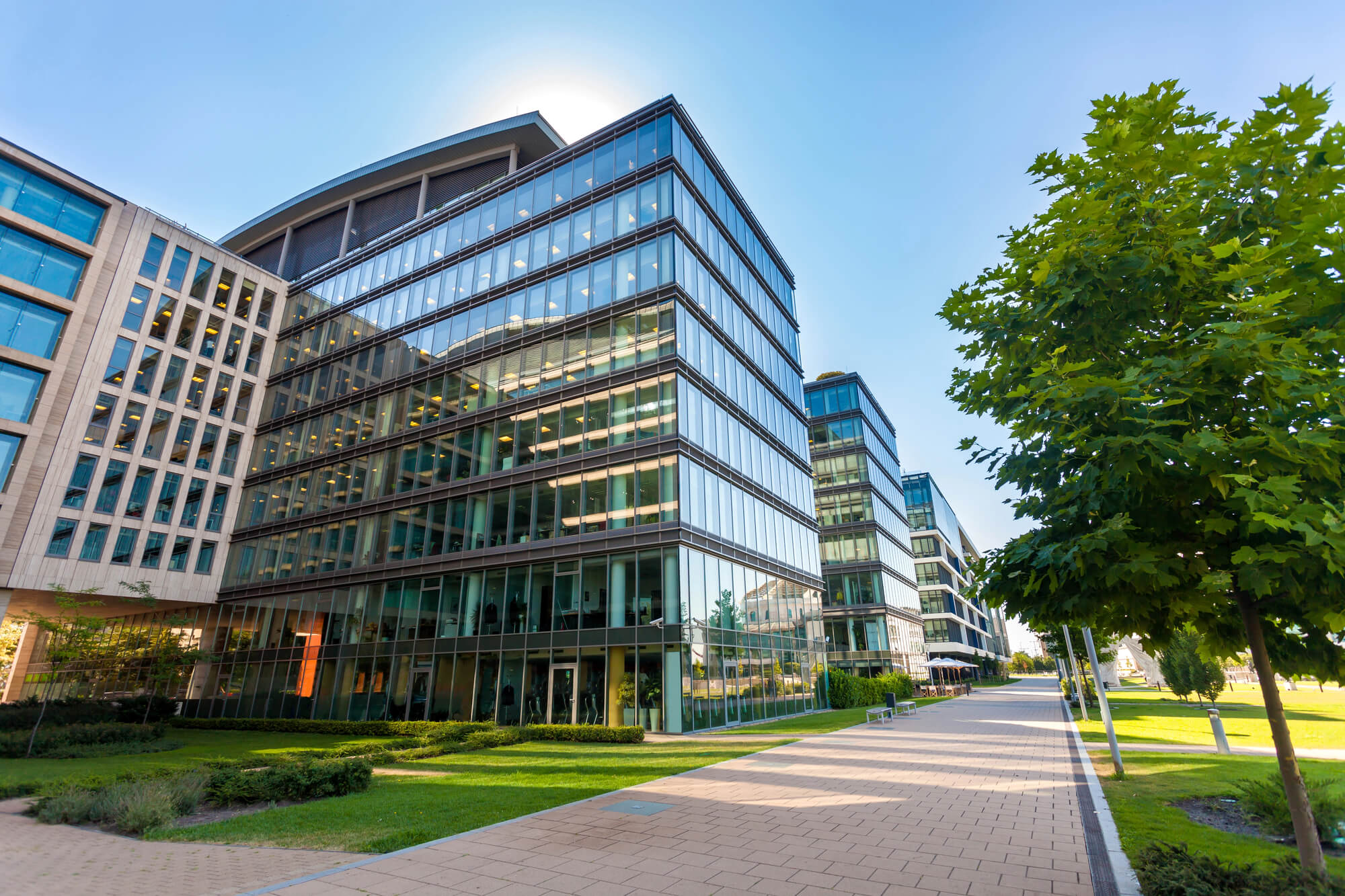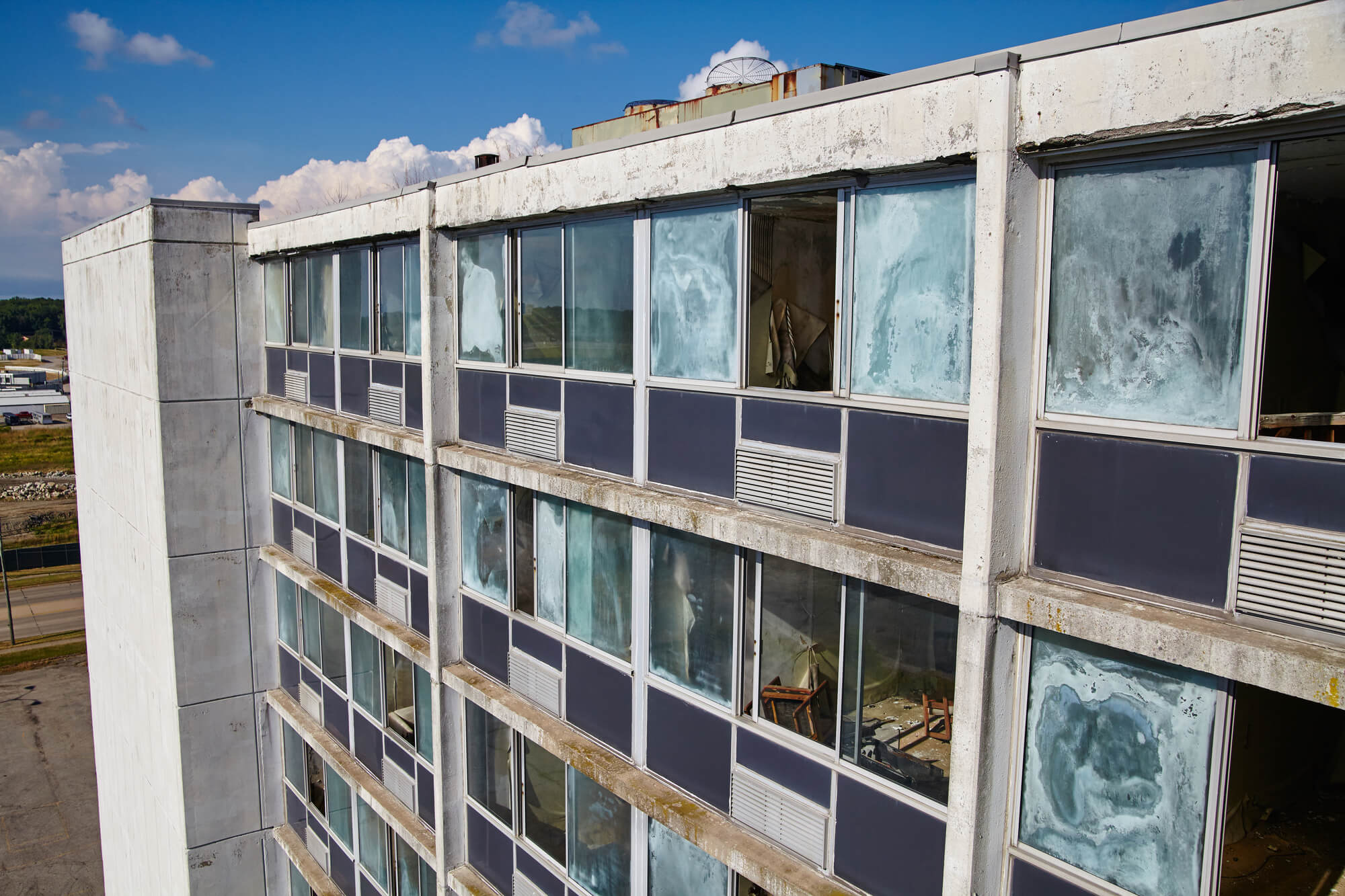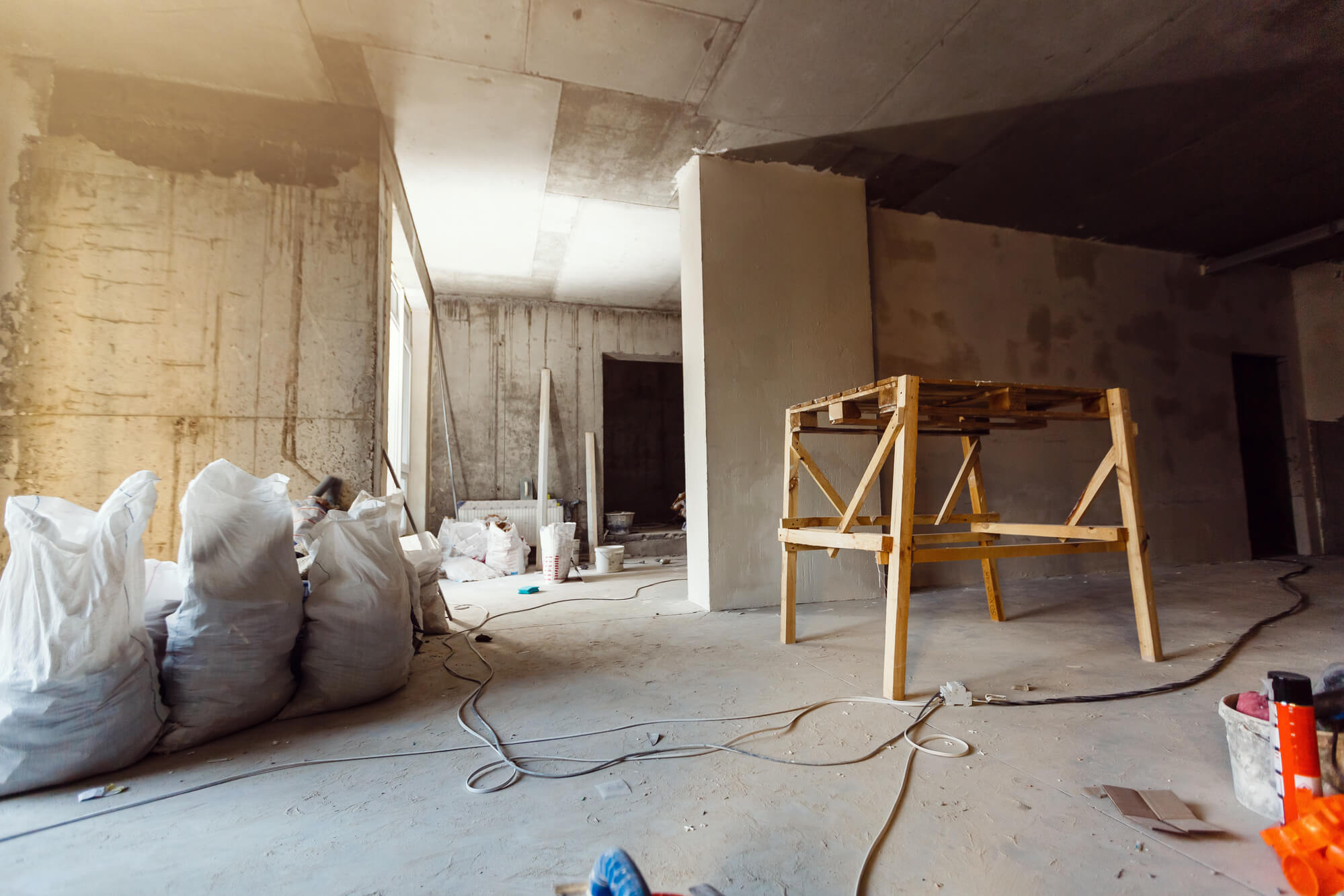December 31, 2025
Snow and Ice Management: Protecting Commercial Roofs and Building Exteriors from Winter Strain
Winter conditions like snow and ice create a very different operating environment for
Commercial property owners constantly face the challenge of keeping their buildings competitive and up-to-date. But behind the shiny facades of modern properties lies a hidden problem: aging infrastructure. Over time, components like pipes, electrical wiring, and roofing insulation wear out, leading to inefficiencies and increased maintenance.
By investing in upgrades and restorations as part of a property improvement plan, commercial property owners can protect the value of their investments, reduce operating costs, and make their buildings more attractive to occupants.
In this blog, we’ll explore the importance of breathing new life into commercial properties by revitalizing aging infrastructure. We'll look at the challenges large portfolio owners face, the strategies they can use, and the potential outcomes of such efforts.

As buildings age, materials degrade, systems become outdated, and wear-and-tear accumulates. Structural components, such as concrete, steel, and wood, experience degradation due to exposure to environmental conditions and mechanical stresses.
Similarly, mechanical and electrical systems have a finite lifespan and require periodic maintenance and replacement to remain functional.
While proper maintenance and proactive management mitigate the effects of time, the inevitability of aging calls for revitalization strategies.
Water intrusion can occur through various pathways, including roof leaks, foundation cracks, and improperly sealed openings.
Once inside the building envelope, moisture wreaks havoc on insulation and interior finishes, promoting mold and mildew growth, compromising indoor air quality, and accelerating the deterioration of structural components.
Additionally, fluctuating moisture levels contribute to the expansion and contraction of building materials, which makes existing cracks more prominent and compromises the stability of the commercial structure over time.
Thermal expansion and contraction of building materials in response to temperature changes can induce stress and strain on structural elements, resulting in cracks, warping, and deformation.
Moreover, rapid temperature fluctuations accelerate the degradation of materials such as asphalt, concrete, and sealants and cause premature deterioration and failure.
Thermal cycling also affects the performance of mechanical and electrical systems, as components expand and contract, increasing the risk of malfunctions and breakdowns.
Airborne pollutants emitted by industrial facilities, vehicle exhaust, and other sources can deposit onto commercial building surfaces and cause staining and corrosion.
When chemical pollutants, such as sulfur dioxide and nitrogen oxides, react with building materials, they also accelerate degradation and corrosion processes. Finally, exposure to harsh chemicals used in some cleaning products weaken surface coatings, sealants, and protective finishes, compromising their effectiveness and durability.
If commercial property owners fail to address minor issues promptly, they can escalate into more significant problems over time, resulting in expensive repairs and potential safety hazards for occupants.
Failure to maintain mechanical systems, such as HVAC units and plumbing fixtures, can result in inefficiencies, breakdowns, and premature issues. Putting off repairs to building envelopes, such as roofs, windows, and facades, also compromises structural integrity and exposes commercial properties to water damage and infiltration.
The first step in any revitalization project is to conduct an assessment of the existing infrastructure to identify areas of concern and prioritize improvement efforts. It may include the following:
By thoroughly assessing the condition and performance of an aging commercial building, property owners can prioritize revitalization projects based on safety, functionality, and return on investment.
Prioritizing projects ensures limited resources are allocated to address the most critical needs and achieve maximum impact.
Once priorities have been established, commercial property owners must develop a budget and secure financing for revitalization projects. Budgeting for infrastructure revitalization requires careful consideration of upfront costs, ongoing maintenance expenses, and long-term lifecycle costs.
Property owners may explore various financing options, including traditional bank loans and public-private partnerships. Additionally, they may consider leveraging energy efficiency improvements and sustainability initiatives to access financing through green building programs and incentives
If they develop a comprehensive budget and secure financing, commercial property owners can guarantee that the revitalization projects are financially feasible and sustainable in the long term.
Revitalizing aging infrastructure within commercial properties often requires collaboration and coordination among various stakeholders, including property owners, contractors, and regulatory agencies.
Commercial property owners should engage stakeholders early in the revitalization process to solicit input, gain buy-in, and foster alignment of interests. Collaborative approaches promote transparency, communication, and accountability throughout the revitalization process, ensuring all parties are invested in the success of the project.
By working collaboratively, commercial property owners can leverage the expertise and resources of stakeholders to overcome challenges, achieve common goals, and maximize the impact of revitalization efforts.
Regarding technology, commercial property owners can explore innovative solutions such as building automation systems, predictive maintenance technologies, and renewable energy integration to optimize the performance and efficiency of infrastructure systems.
New technologies can help owners identify potential issues before they worsen, reduce downtime, and extend the lifespan of infrastructure components.
Additionally, commercial property owners may leverage digital platforms and software tools to streamline project management, track progress, and communicate with stakeholders effectively.
In some cases, revitalizing aging infrastructure involves strategic renovation and adaptive reuse of existing assets. Commercial property owners can explore opportunities to repurpose underutilized spaces, reconfigure floor plans, and modernize building amenities to meet changing market demands and occupant preferences.
Moreover, adaptive reuse of existing buildings can contribute to sustainable development goals by minimizing environmental impact and preserving historic and cultural resources.
Once revitalization projects are completed, commercial property owners must implement ongoing monitoring and maintenance programs to ensure the long-term performance and sustainability of their infrastructure.
Regular inspections, preventive maintenance, and proactive repairs are useful processes to address emerging issues and preserve the value of revitalized assets.
Commercial property owners may also leverage technology-enabled solutions, such as condition monitoring systems and remote diagnostics, to track performance metrics, identify maintenance needs, and optimize operational efficiency.

Over time, structural elements such as foundations, walls, beams, and columns deteriorate due to factors such as moisture intrusion and wear and tear. Contractors assess the condition of the commercial building's structure and develop customized repair and renovation plans to address deficiencies.
The plans may include measures such as:
Mechanical systems, including HVAC units, boilers, and chillers, become outdated or inefficient over time, leading to increased energy consumption and decreased comfort levels. Electrical systems also require upgrades to accommodate to enhance electrical safety and meet current building codes.
Most commercial buildings also require upgrades of plumbing systems to address leaks, corrosion, and insufficient capacity.
Contractors work closely with commercial building owners to design and implement MEP upgrades that align with their goals, budget, and timeline.
Older buildings often lack modern energy-efficient features, resulting in high energy consumption, increased utility costs, and greenhouse gas emissions.
Contractors conduct energy audits to identify areas of energy waste and develop customized retrofitting solutions to improve the building's energy performance. Solutions may include:
Contractors also offer services to enhance the curb appeal and functionality of aging buildings through exterior renovations and aesthetic enhancements. They work closely with architects, designers, and building owners to develop cohesive design concepts that rejuvenate the building's exterior appearance and enhance its street presence.
Professionals can revitalize façades, upgrade exteriors, and modernize outdoor spaces to create a more inviting environment.
In cases where aging buildings contain hazardous materials such as lead-based paint, asbestos-containing materials, or mold growth, contractors provide environmental remediation services to address these issues in a safe way.
Environmental remediation involves the identification, containment, removal, and disposal of hazardous materials in compliance with applicable regulations and industry standards. Contractors employ specialized techniques and equipment to mitigate environmental hazards and ensure the health and safety of building occupants, workers, and the surrounding community.
Professional contractors can develop property improvement plans to strategically prioritize and manage renovation efforts.
Property improvement plans outline the scope, schedule, and budget for restoration and construction projects, aligning them with the owner's objectives and financial resources
Once they leverage these strategic planning tools, contractors help building owners maximize the impact of the revitalization and achieve their long-term goals for their properties.
Contractors engage in portfolio risk analysis to pinpoint which commercial properties are currently at risk and devise proactive strategies to enhance their risk profile. The process entails thoroughly assessing each property's vulnerabilities and potential hazards, such as structural deficiencies, environmental hazards, or market volatility.
By analyzing the risk factors associated with each commercial property, contractors can develop a comprehensive game plan to mitigate risks and lessen the long-term costs associated with property ownership, including:

To initiate the process of revitalizing your commercial property, call BlueTeam today at 855.522.8500 or request a bid through our BlueTeam App.
During your project, you can also use the app to access real-time updates, monitor progress, and oversee document management in every phase. Contact us to learn more!